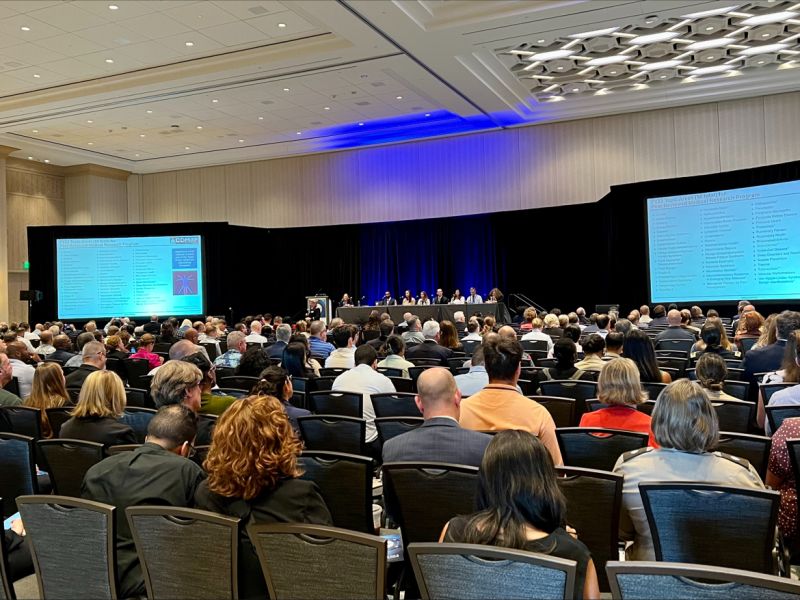MHSRS Daily Digest Day 2 – Tuesday, August 15
Each year, G2G attends the Military Health Systems Research Symposium (MHSRS) which brings together military, government, academia, and industry experts to share their latest research findings and challenges on topics, including combat casualty care, military operational medicine, clinical and rehabilitative medicine, medical simulation and information sciences, military infectious diseases, and the radiation health effects. For G2G, this is an opportunity to learn about what is most important to the Department of Defense (DoD) in military medicine to best position current and future clients to meet the needs of our Warfighters. It is also a fantastic networking opportunity to reconnect with and meet new key players in all branches and divisions of military medicine.
Day 2:
On Day 2 of MHSRS, G2G attended several relevant breakout sessions on a variety of topics including Tissue Wound Management for Prolonged Care Environments, which included information on the use of telemedicine in Ukraine, as well as Medicine/ Performance Optimization in the Arctic, Hemorrhage Control and Vascular Dysfunction, and How SARS-CoV-2 Investments have Improved Medical Readiness for other Emerging Infectious Diseases. Additionally, G2G spoke with the Director of the Congressionally Directed Military Research Program (CDMRP) and attended a session on funding opportunities across the Defense Health Program (DHP).
CDMRP, which has received $16 billion from Congress and made over 17,000 grant awards since it was created in 1992, funds biomedical research innovation initiatives. In FY23, Congress allocated $1.5 billion for specific focus areas spanning from wound care to cancer to arthritis to malaria to suicide prevention. Some newer focus areas include food allergies, eating disorders, maternal mental health and endometriosis. During the CDMRP session, the leadership described the application process and highlighted strategies for success, emphasizing that consumers are the “true north” of the organization. CDMRP ensures patient perspectives and women and minority representation are included in the research program. Finally, the session covered specific funding programs, such as the Joint Warfighter Medical Research Program (JWMRP) and the Peer Reviewed Medical Research Program (PRMRP) along with other military medical funding opportunities through cooperative research and development agreements (CRADAs) and the DoD’s SBIR/STTR programs. G2G found the insights shared on how the funding process works and priorities coming from Congress and DHA were very helpful.
G2G also met with the Defense Health Agency (DHA) R&D Director who shared updates on the consolidation happening within DHA to include all military medical research as well as health care via the military treatment facilities (MTFs). We then attended a session where the DHA leadership team outlined the processes for transitioning research to fielded products. The DHA under the leadership of Lt. Gen. Telita Crosland, is moving towards centralization of an investment strategy to re-focus the agency’s efforts on work with the highest potential for impact and to accelerate product delivery. DHA is moving towards multi-year planning and budgeting schemes to align with this vision.
Specifically, their integrated system encompasses science and technology research across about one dozen portfolios (spanning from TBIs to combat care in prolonged field care to infectious diseases), technology transition, acquisition and sustainment of capabilities, and knowledge transition to inform circumstances when and how developed capabilities should be used. Work within each portfolio is driven by requirements determined to meet the needs and gaps shared by combatant commands, military departments, and MTFs via continuous feedback. Military requirements are concrete and actionable, for which DHA can allocate specific resources.
Finally, acquisition within DHA does not exclusively refer to procurement, but rather the broader tailored DoD process of managing a life cycle of product from development, testing, procurement, and sustainment. Overall, half the portfolios are being finalized with the other half expected by the end of Q1 2024, which will align with funding opportunities.



